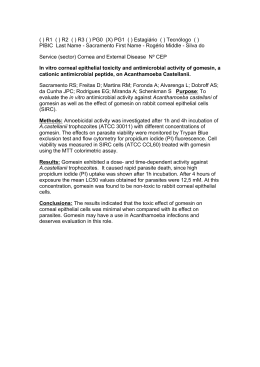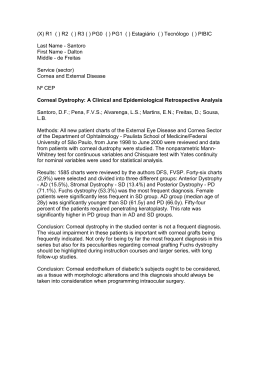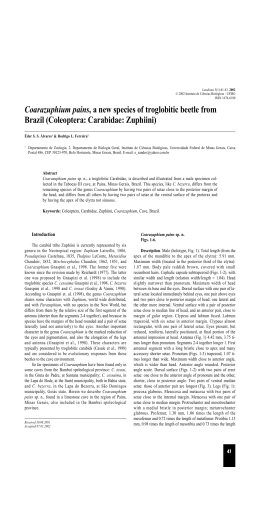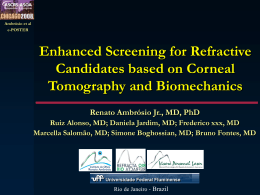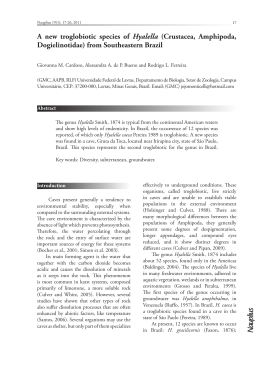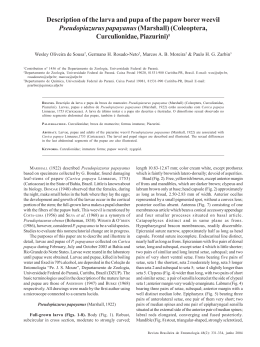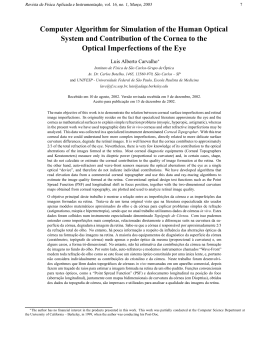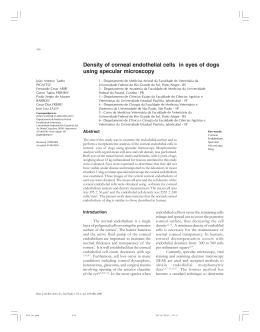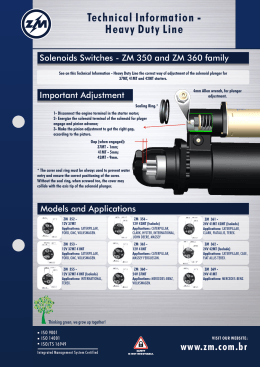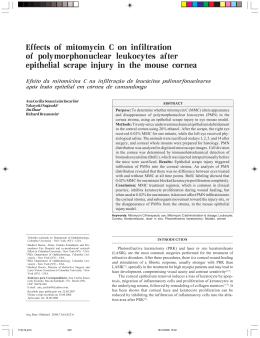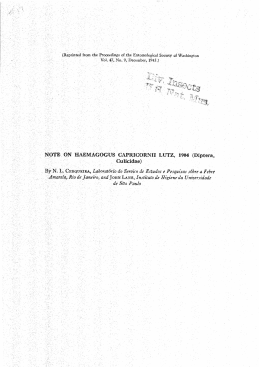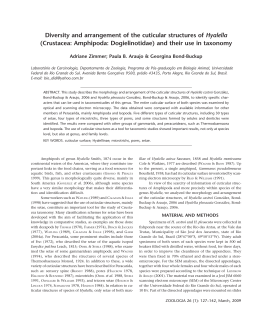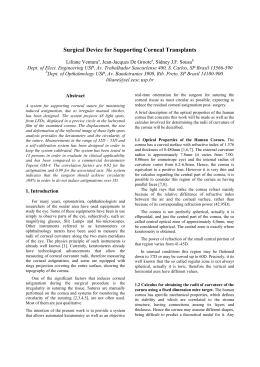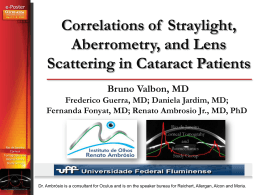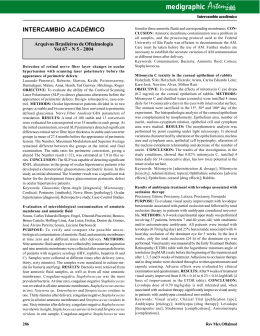GLAUCOMA, SUP. OCULAR EXTERNA 14:30 | 16:30 - Sala Delfim Mesa: Fernando Trancoso Vaz, Miguel Ribeiro, Luís Torrão PO178- 14:55/15:00 OCULAR REACTIONS TO PINE PROCESSIONARY SETAE Bruno de Sousa Pina, Olga Berens, Paula Ramos, João Rosendo (Hospital do Espírito Santo, Évora) Introduction Thaumetopoea pityocampa Schiff. or Pine Processionary is common on the Mediterranean and Middle East regions. Penetration of the urticating hairs (setae) from the Pine Processionary caterpillar delivers their allergenic content in addition to causing mechanical and toxic injury. There are only a few case reports of eye injuries associated with these caterpillars in medical literature. Material and Methods Case 1: A 42 year-old woman who had been experiencing foreign body sensation for two days after having had contact with caterpillar’s setae. The biomicroscopy revealed severe conjunctival hyperemia with quemosis, corneal oedema with Descemet’s folding and multiple linear filaments covering the corneal epithelium, with some buried into the corneal stroma. She had fibrin in the anterior chamber and Tyndall 4+. Case 2: A 57 year-old man who presented in the emergency room with intense eyelid swelling, quemosis and acute keratitis after being exposed to caterpillar’s setae brought by the wind. He had multiple linear brown strands embedded in the corneal stroma but no apparent anterior chamber reaction. Results Case 1: She was treated with topical dexamethasone t.i.d. for one month then switched to topical fluorometholone and N-acetyl aspartyl glutamic acid until the absence of infiltrates and filaments in the corneal thickness. The reaction to the remaining superficial filaments was controlled with a slow taper of fluorometholone accompanied by application of bromfenac drops. Case 2: He got better after two weeks of topical dexamethasone t.i.d. and oral desloratadine. Unfortunately, he failed the follow-up appointment one month later. Conclusions Exposure to Pine Processionary setae can have different clinical presentations. Due to its allergenic and toxic potential, topical corticosteroids are needed.
Download
